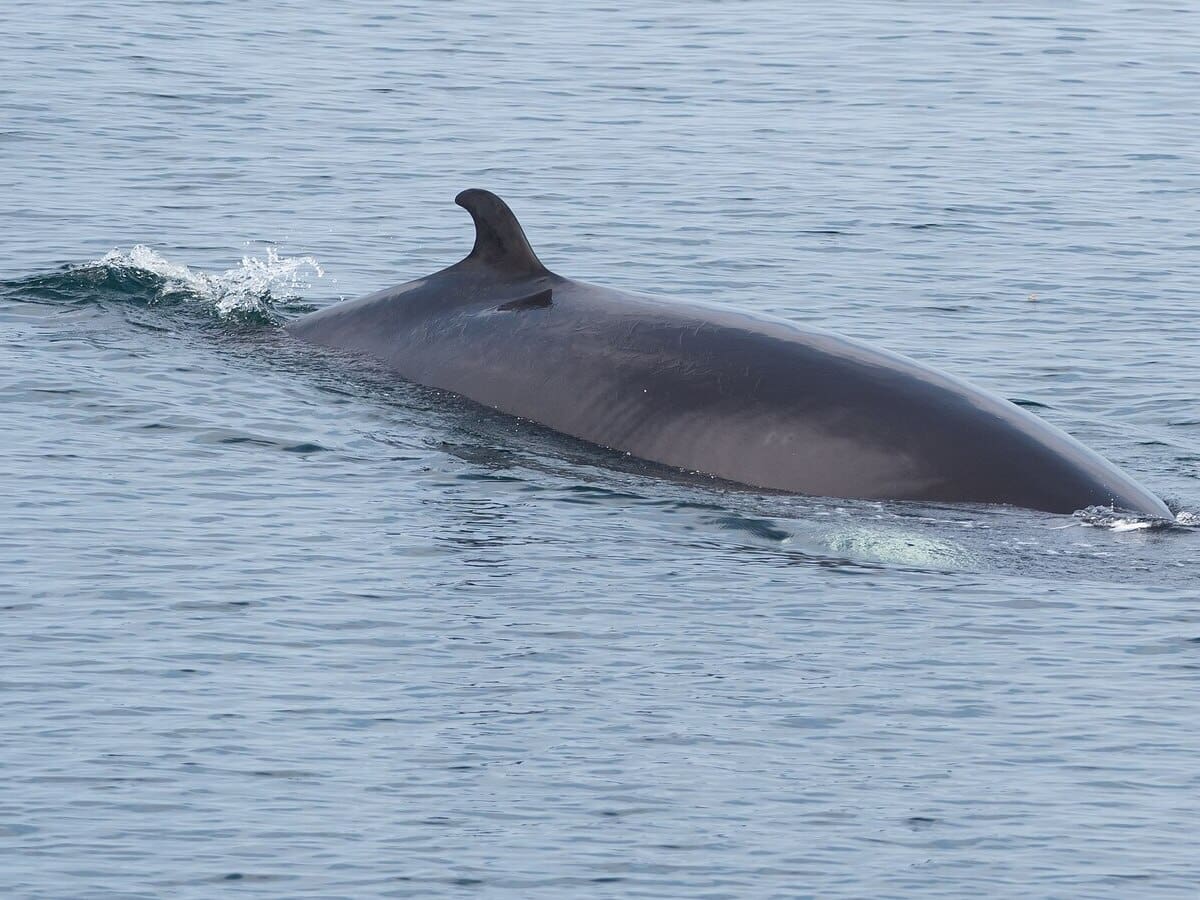This month, Japan is launching a ‘new whaling mothership’ which, shockingly, plans to catch around 379 whales this year.
The new vessel is now the world’s only whaling fleet mothership, owned by Kyodo Senpaku, a seafood company based in Tokyo. It can also both process and store meat on board
Although the Japanese government has set a catch limit of 379 whales for this year within Japan’s Exclusive Economic Zone (EEZ), according to some analysts, this is a relatively small quota for a large vessel. This is fuelling concerns that they will expand into Antarctica.
The International Whaling Commission
The International Whaling Commission was established in 1946 and is the global body responsible for managing whaling and whale conservation. The mandate hasn’t changed since its inception, but now has 88 member countries.
However, today there are many new conservation and animal rights concerns and the IWC programme has expanded. It now includes bycatch and entanglement, ship strikes, ocean noise, pollution and debris, and sustainable whale watching.
Only three countries still allow commercial whaling – Japan, Norway and Iceland. None of which are part of the IWC.
Commercial whale hunting was banned by the IWC in 1986, with the exception of scientific research. Whilst Japan did always technically obey this, they continued to kill a whopping 333 whales each year and stated ‘research purposes’.
In 1998 Japan started conducting scientific research on whaling in the North Pacific and Antarctic. Countries within the IWC and conservation groups called it commercial whaling in disguise.
Notably, in 2019 Japan withdrew from the IWC. They then announced the resumption of commercial whaling within Japan’s EEZ – but they never announced catch quotas.
Japan’s history with whaling
Whilst it is a controversial practice, the Japanese government calls it an ‘integral part of Japanese culture’. For example, vending machines selling whale meat are about to open in Japan:
A Japanese whaling company (Kyodo Senpaku) is opening vending machines in Japan to drive up demand for whale meat.
The machines will sell whale; sashimi, bacon, skin, steak, and canned meat.
Prices range from 1,000 yen ($7.70) to 3,000 yen ($23).https://t.co/mP9KWgx7Lp
— Blue Planet Society (@Seasaver) May 5, 2024
However, this cultural claim is contested.
People have documented whaling as far back as the 12th century in Japan. However, the widespread consumption of the meat did not occur until after world war two. Importantly, occupation forces, led by the United States encourage it and poor people started consuming it.
During the 1960’s it peaked, but as other meat became more available once again the consumption of it declined. In the 1960’s, the country was eating around 200 000 tonnes per year. This figure now sits between 1000 and 2000, suggesting the country’s appetite for it is no longer there.
Whaling companies are also trying to drive up demand, suggesting even further that whale meat is not as popular as they would like us to believe. On 5th May, Blue Planet Society reported via X that:
A Japanese whaling company (Kyodo Senpaku) is opening vending machines in Japan to drive up demand for whale meat.
The machines will sell whale; sashimi, bacon, skin, steak, and canned meat.
Prices range from 1,000 yen ($7.70) to 3,000 yen ($23).
The company also said they had been working with influencers to try and promote the meat, and its place within the country’s traditions.
Aboriginal subsistence
Despite the ban on commercial whaling, the members of the IWC recognise the rights of certain aboriginal peoples to hunt a limited number of whales to meet nutritional and cultural needs.
Currently, there are Catch Limits for Aboriginal Subsistence Whaling in place for the native people of Alaska, Chukotka, Washington State, Greenland, St Vincent and the Grenadines. Crucially though, Japan is not part of this.
However, the Whale and Dolphin conservation (WDC) have some concerns about this.
Their website states:
Over the last few years certain governments and aboriginal subsistence whaling communities have abused the definition by allowing whale meat to enter the commercial exchange chain, with whale meat being sold to tourists and non-native peoples. This has allowed for a blurring of the accepted definition of ASW, which has simply assisted commercial whaling interests to advance their arguments to be allowed to resume commercial whaling.
The International Union for the Conservation of Nature (IUCN) classified several whale species as near threatened of vulnerable. Other are listed as endangered and critically endangered, including the Sei whale which is regularly hunted by Japan.
Featured image via Wikimedia




